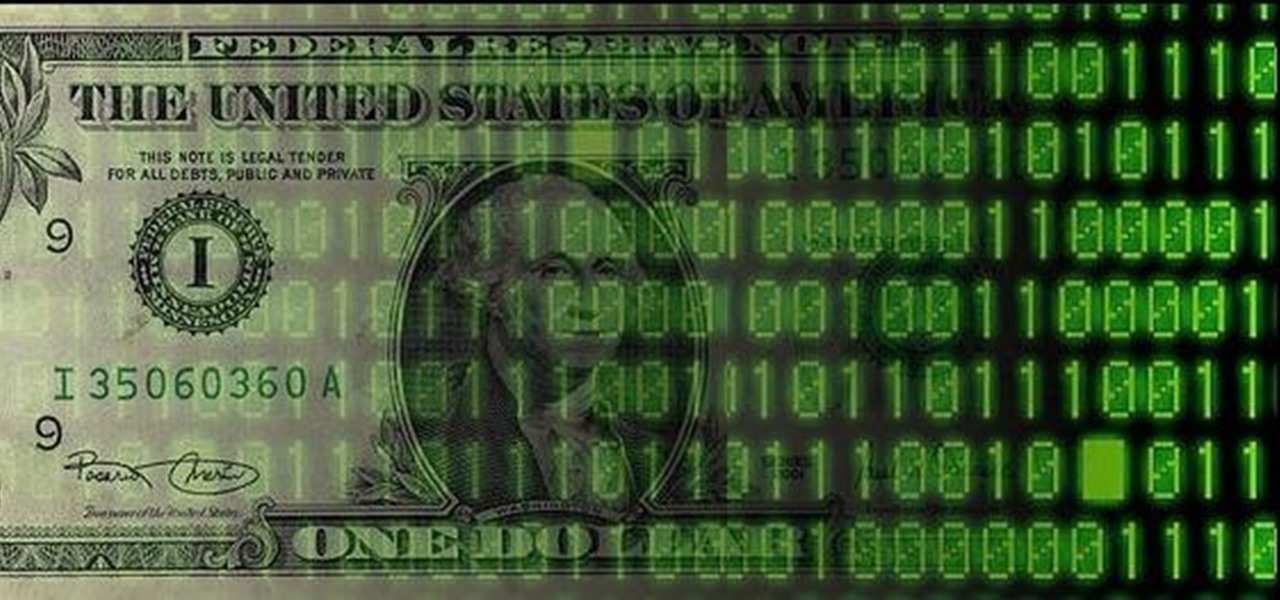In recent months, “virtual currency” has been making headlines. Most of us don’t really think about what “virtual” currency means and often confuse it with other forms of money. That said, there is good reason for confusion and concern. Like many other technology-driven innovations, lines are blurring and we know blurring lines means opportunity and danger. So Legal Bytes will tackle this in two parts. The first (below) attempts to describe what all these new terms mean and how they are used. Legal Bytes part two (later this week) will summarize current events – the confusion and concern over exactly what all this means to our economy and why you should care.
Virtual currencies got their start in virtual economies that exist in virtual worlds. For example, in massively multi-player online role-playing games (MMORPGs) such as World of Warcraft, players “earn” credits and have the ability to exchange, use or “spend” this virtual “value” in the game environment, to acquire virtual tools, weapons, skills and game items that may be recreationally fun and integral to game play; but virtual currency never bought you food to eat or housing to shelter you in the real world. HOWEVER, what happens when real people start buying, selling and exchanging virtual currency, and create markets that interact with the real world?
First, let’s get our terms straight. Digital currency is not “virtual.” Digital currency represents a real alternative to government-issued currency. It originated with accounts or promises to pay that were used primarily online. One of the most familiar paper-based examples of a non-government promise to pay is the American Express® Travelers Cheque. More than 100 years old, these payment instruments are backed purely by the full faith and credit of American Express – and not the government of any nation. They aren’t backed by gold or silver or precious jewels or even bananas – just a corporate obligation to repay you, based on a contract (the purchase application form) you sign when they are purchased! As you might have noticed, there are multiple forms of these types of digital promises – one, like its paper-based cousin, is simply a digital promise to pay: numbers representing value backed by the issuer – electronic gift cards, a promotional advertisement that can initiate or enhance a digital music subscription, are examples. In other instances, digital money may be based on some real “deposit” (e.g., using a traditional debit or credit or checking account) in which the transferred funds are held in an electronic account, uniquely identified to the user and more closely resembling a “bank account,” with which most consumers are familiar.
In most jurisdictions, companies that issue digital versions of payment instruments (e.g., Travelers Cheques) or that hold digital financial accounts (e.g., PayPal®) often fall within some banking or financial regulation. For example, in the United States, PayPal is considered a payment intermediary, regulated as a money transmitter under the U.S. Federal Code of Regulation and the various state laws that apply to money transmitters. That said, PayPal is not technically regulated by the Truth-in-Lending Act (TILA) or its implementing Regulation Z, nor by the Electronic Funds Transfer Act, implemented by Regulation E; and although PayPal takes great pains to protect against fraud, in the United States, unless you use a credit card (or debit card) to fund a PayPal transaction, consumers have no technical legal or regulatory protection from fraud by a seller. In Europe, PayPal (Europe) Ltd., was licensed by the Financial Services Authority (FSA) as an Electronic Money Issuer, and in 2007 transferred all of its European accounts to Luxembourg to a new entity PayPal (Europe) Sàrl et Cie SC, which is regulated by the Commission de Surveillance du Secteur Financier.
Some of you history buffs will remember DigiCash (originated by David Chaum in 1990), which sought to anonymize financial transactions using cryptography. Well over the past few years, a company named BitCoin (and others such as Litecoin and PPCoin, which are to a greater or lesser extent based on, inspired by, or technically comparable to BitCoin), have launched and popularized a form of digital currency that is often confused with and referred to as “virtual.” This form of digital currency is referred to by financial and security experts as “cryptocurrency.” Cryptocurrency is a digital currency that uses encryption technology to create and manage the digital currency. They are peer-to-peer and decentralized in nature and, at least for now, all are pseudonymous.
As you can guess, all of these confusing terms and the fact that virtual currency in games, gaming, online social media and networking platforms, and virtual world environments began interacting with the real world, has become not merely confusing but alarming. Look at Second Life, a virtual world that allows the purchase and sale of “Linden Dollars,” the in-world official currency, in exchange for real money through third-party websites. Second Life accords both virtual “real estate” and intellectual property real value in its virtual environment; enables “residents” (avatars) to creatively enhance and customize the resources available in-world; allows some property rights to be exclusive or limited (think supply and demand); and permits the exchange and purchase and sale of virtual property rights in-world; and one’s property remains one’s property (and one retains Linden Dollars until spent or given away or used) throughout the life of one’s avatar – at least as long as Linden Laboratories continues to maintain the Second Life virtual world environment.
These are many of the same conditions that affect real financial systems. No wonder that what started as a curiosity – online digital playgrounds with no real money or value being exchanged – have become complex economic environments that financially interact with real world economic systems and are causing concern among legislators, regulators and courts around the world. In part two, Legal Bytes will review recent developments and try to describe the challenges facing legal, financial, security and business professionals.




